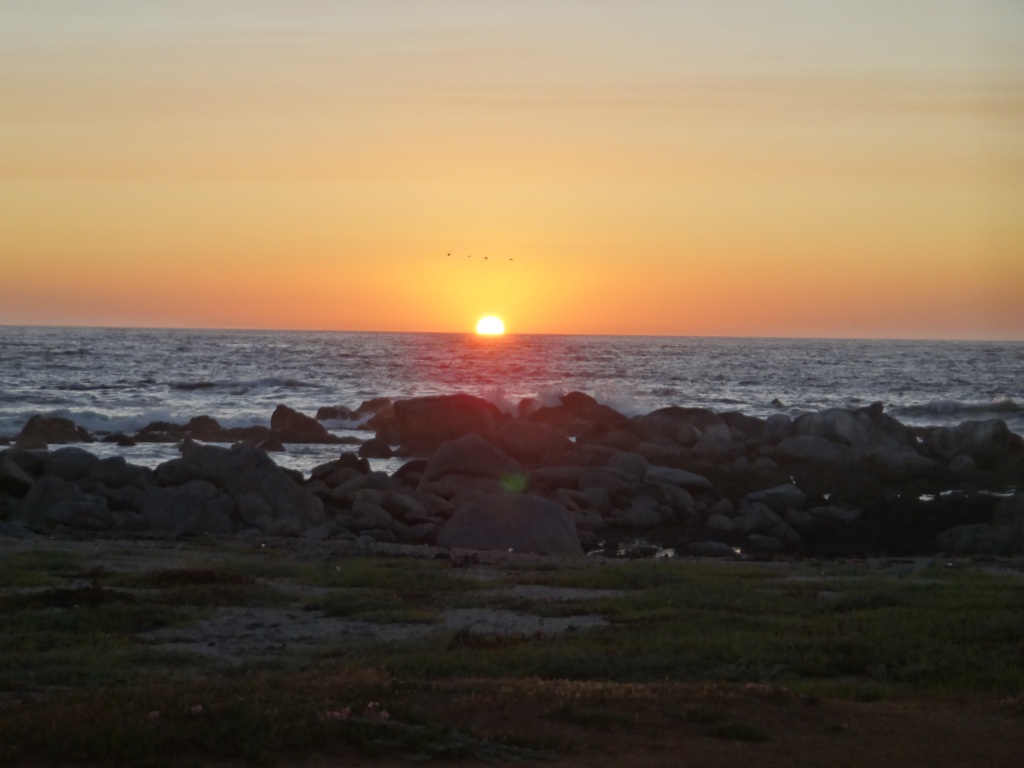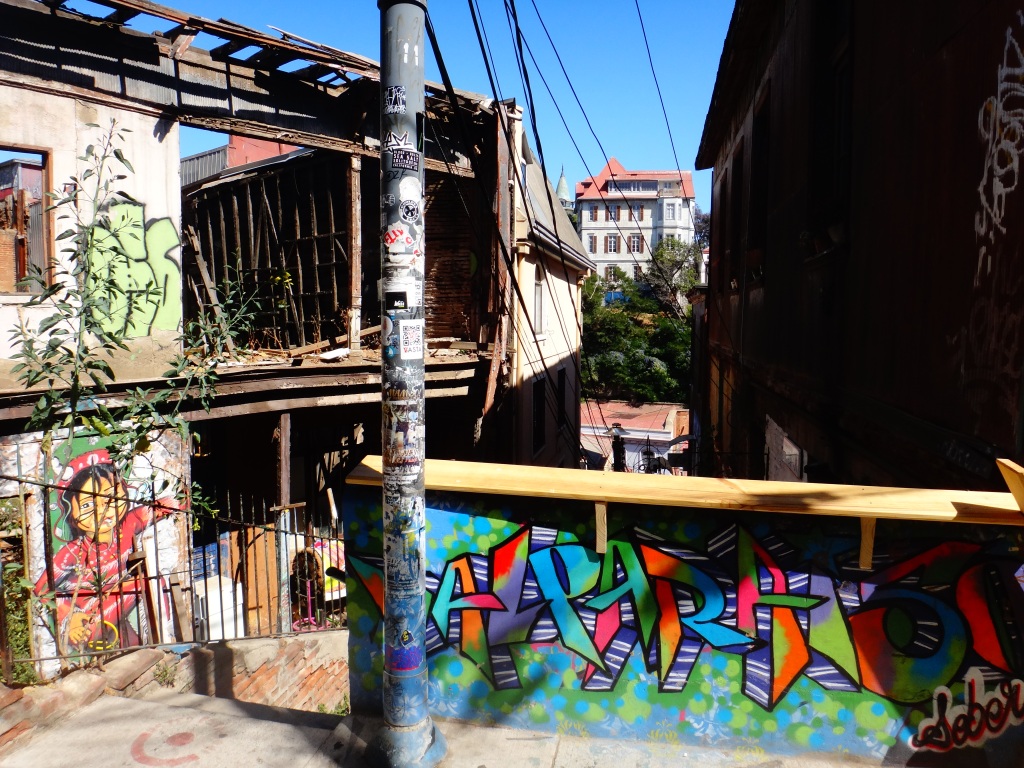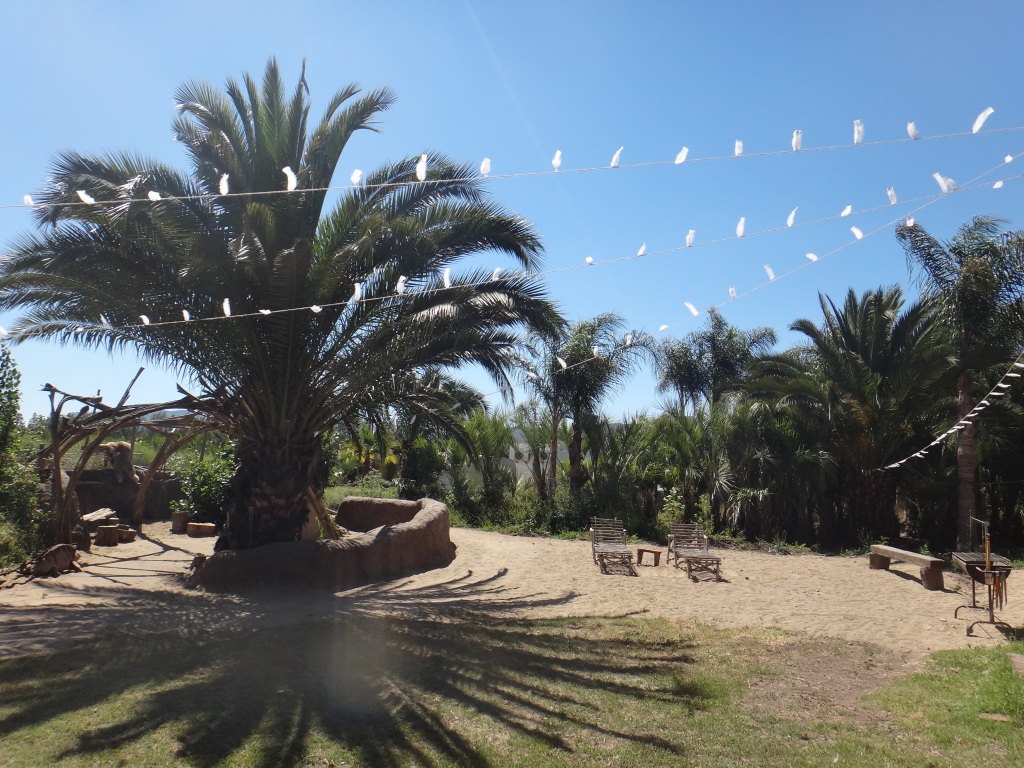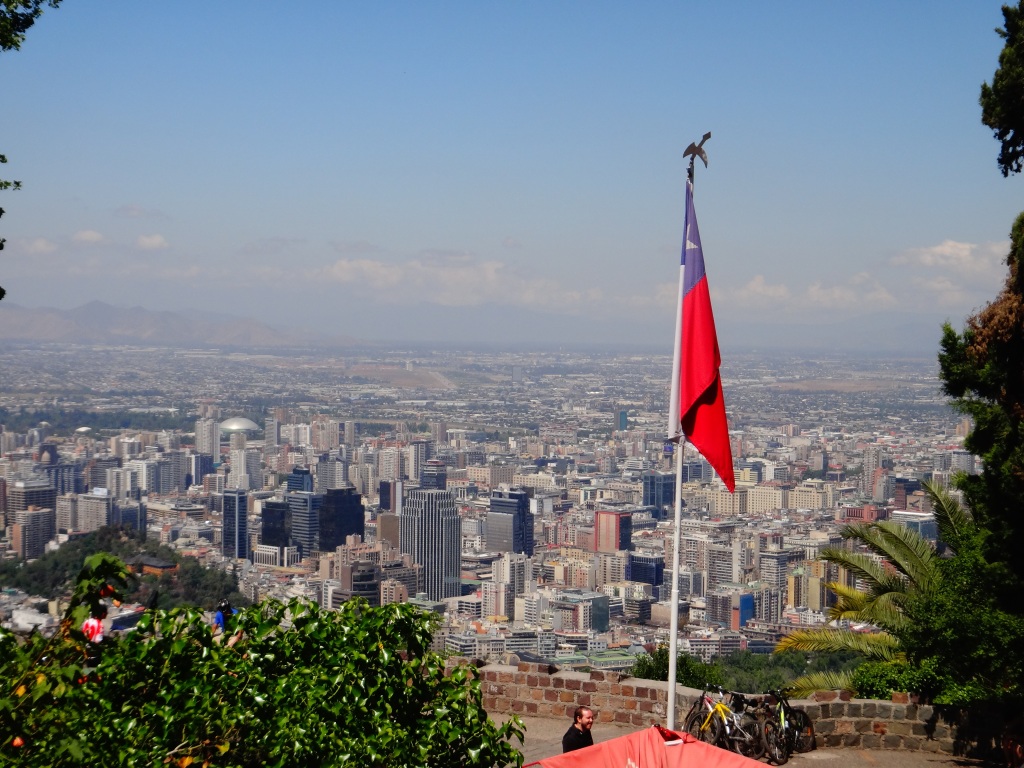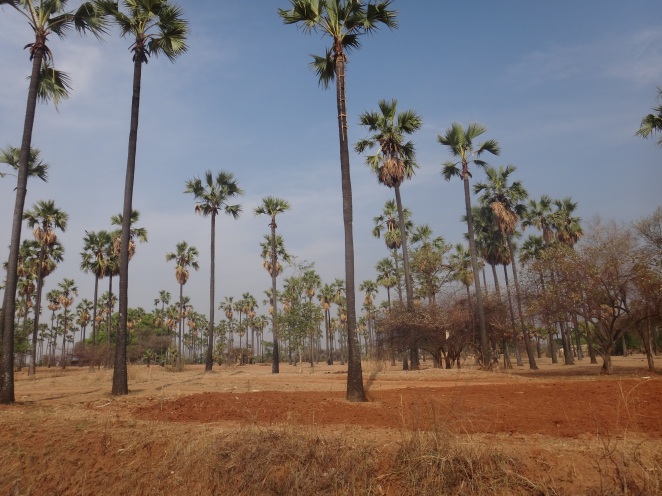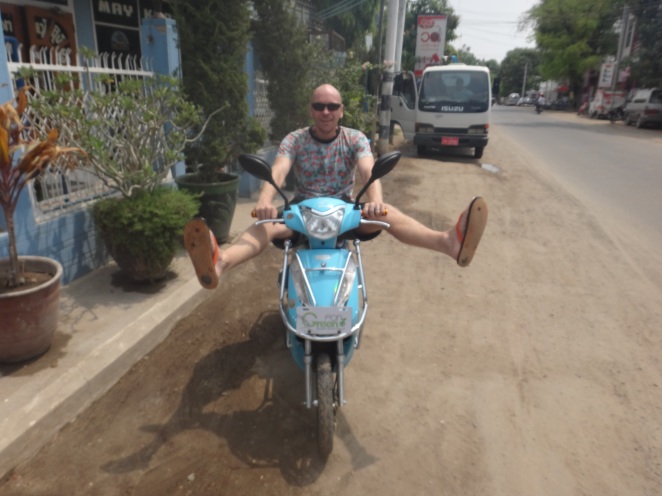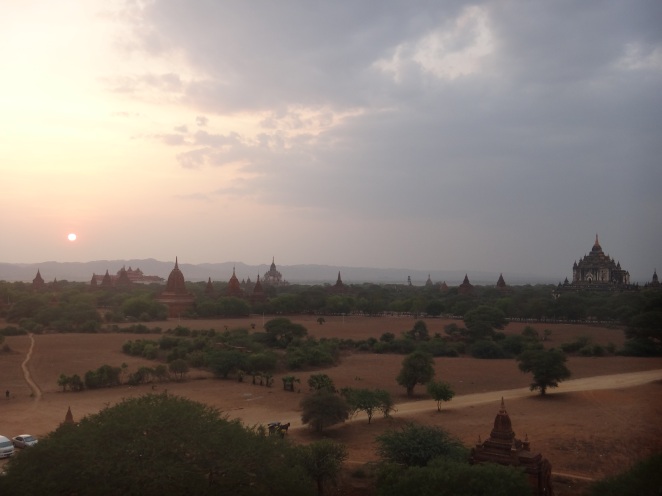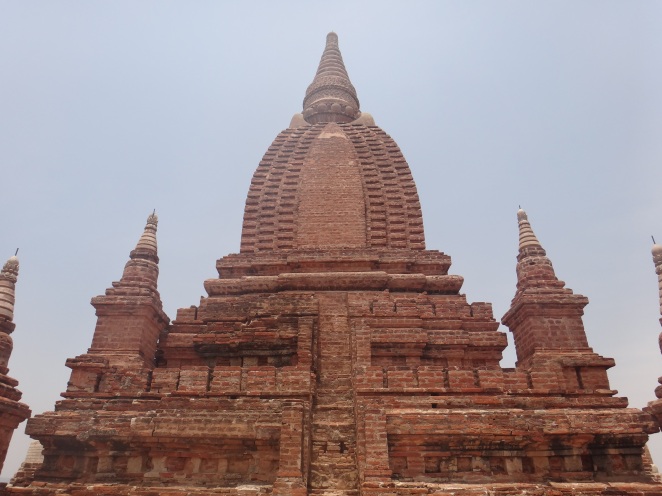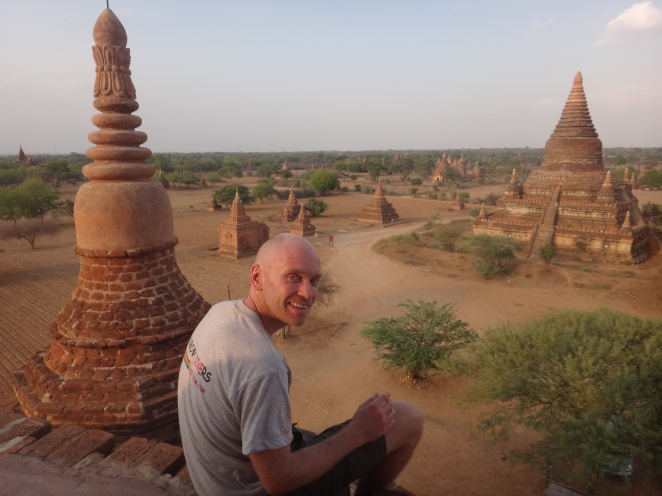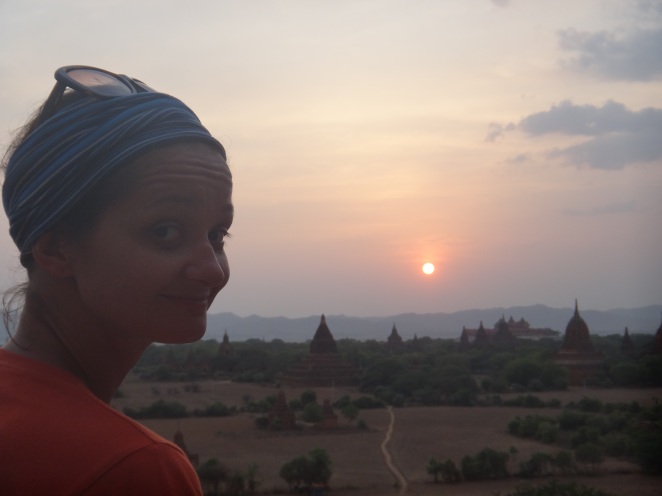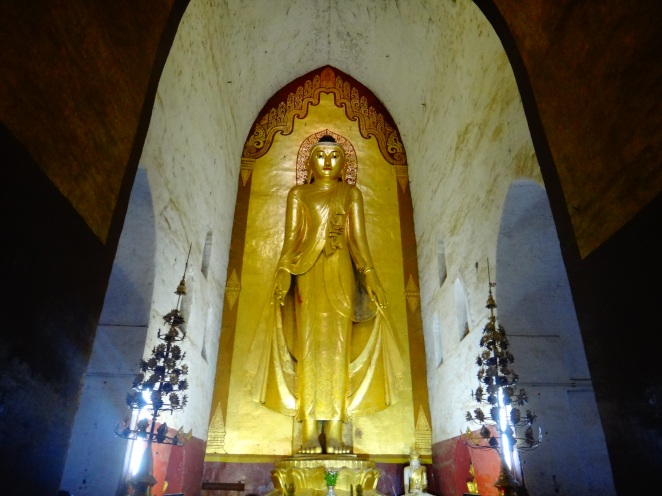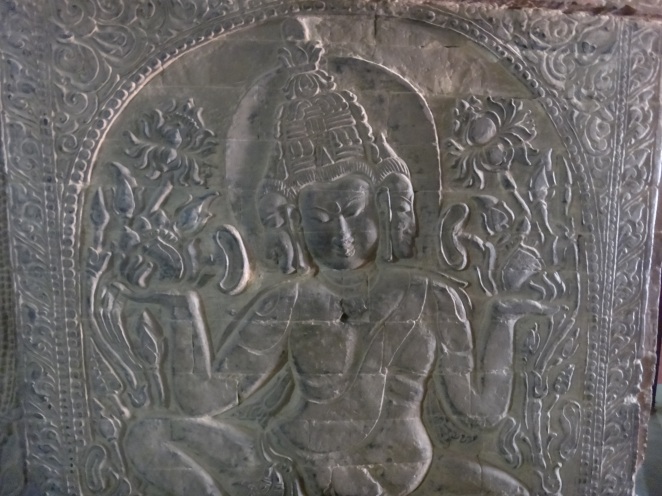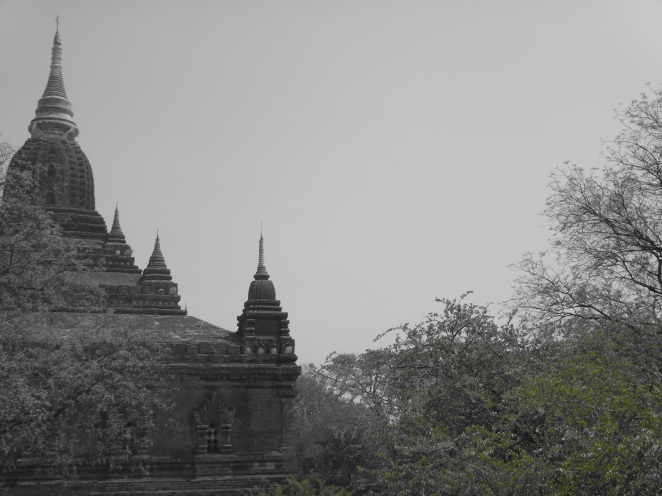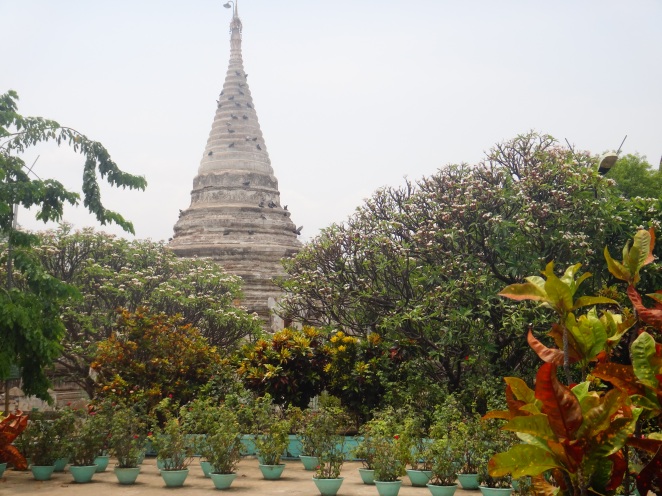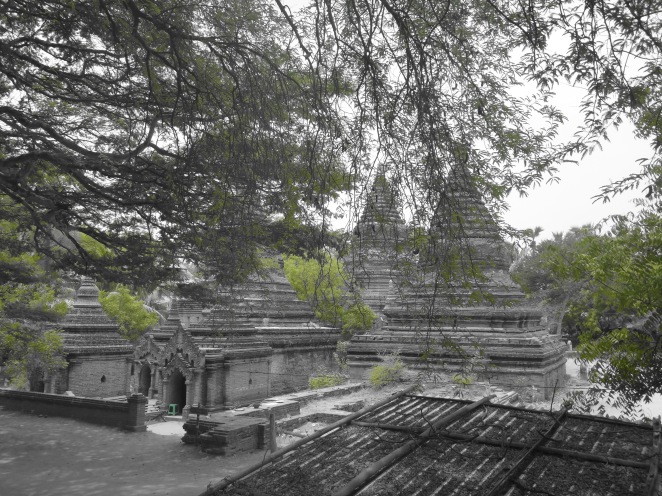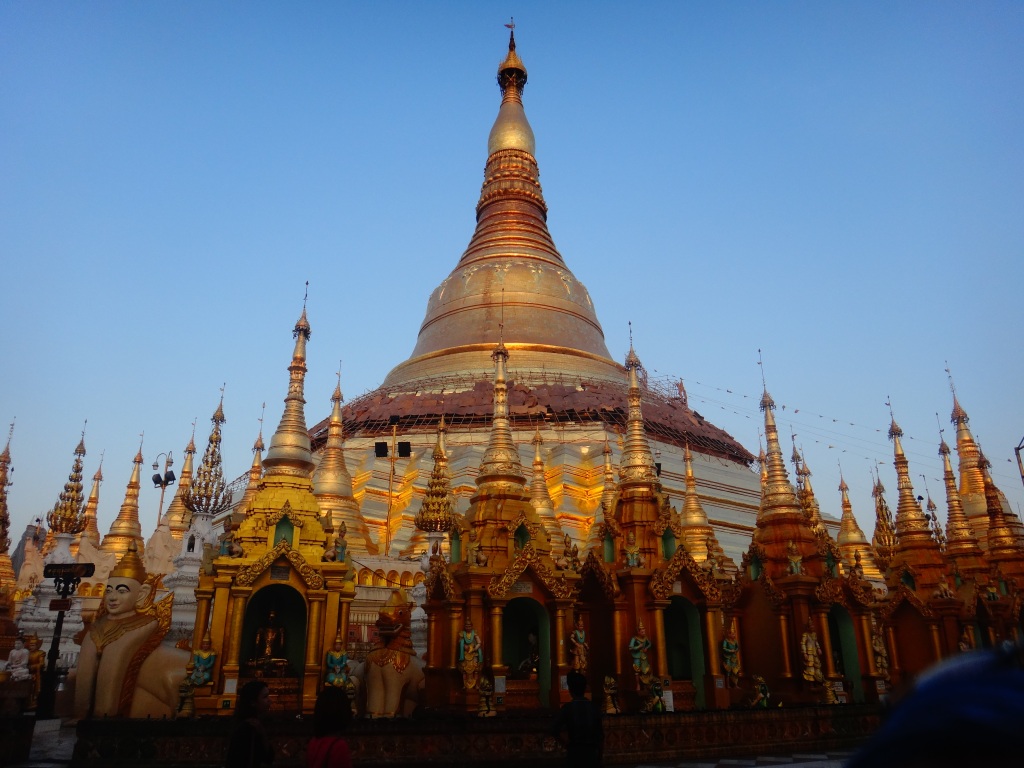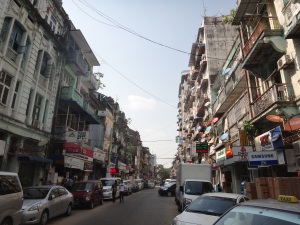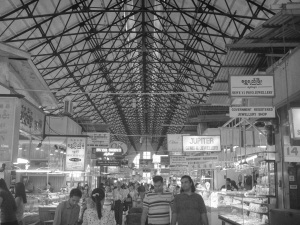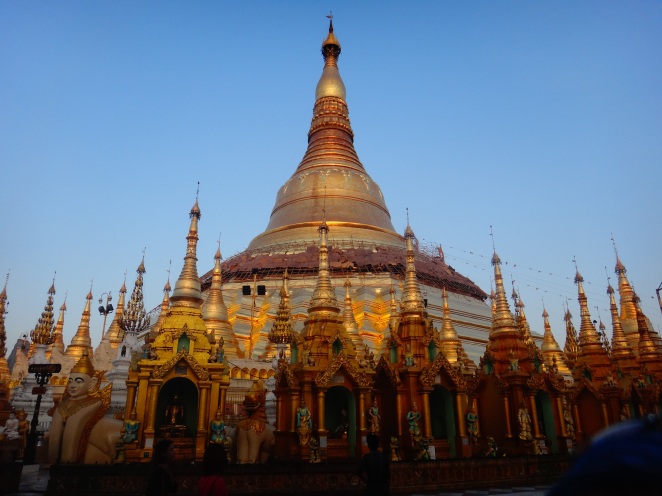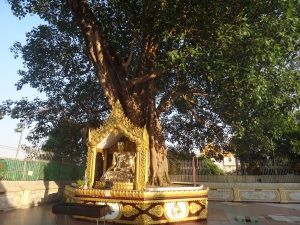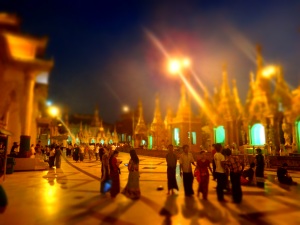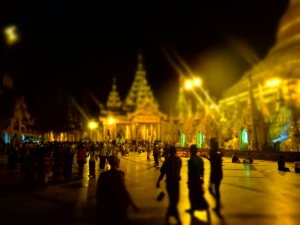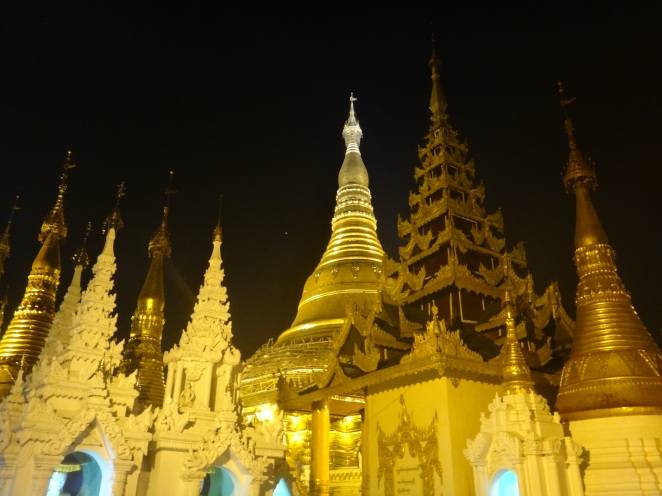Having had a ‘holiday’ from our travels back in the UK, we excitedly boarded our next long haul flight to Buenos Aries for the South American branch of our adventure. Having been the perpetual tourist in South East Asia, this leg of our journey is something of a different proposition, not least because of the expense. The plan for South America is very much to do more volunteering, try to learn Spanish, and be more of an intermittent tourist.
During the end of our time in Asia, and throughout the summer in the UK, we scoured HelpX for different opportunities to plan out our time in Argentina. Being blessed with a UK passport, we have a 90 day VISA on arrival throughout the South American countries, and so plenty of time to get settled at various projects. Our first confirmed opportunity, a month at Aldea Luna-a private nature reserve and organic farming project in Jujuy Province, Northern Argentina.
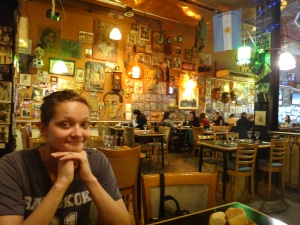
Yeah that’s right, we were in Buenos Aries!
We landed at Buenos Aries and literally had 24 hours before having to make the 1000 mile, 24 hour bus journey to Jujuy-so what do you actually do in that time? Well we paid a visit to the cemetery of course! As per our guide, TripAdvisor, the grave of Evita is one of the must see things to do in Buenos Aries, and given the fact that it was free and relatively easy to find-we decided that would be the best use of our time. From being in predominantly Buddhist countries for the last 8 months, and spending a lot of our time visiting sites of worship, it was quite ironic to now be visiting Catholic sites of importance-given our own apathy towards religion. The cemetery in Buenos Aries certainly is ‘up there’ in terms of the grandiose and bizarre-with rows and rows of mighty funeral chambers for the families of the wealthy and influential in Argentina. You’ll see from the pictures that this was like no other cemetery that you would find in the UK:
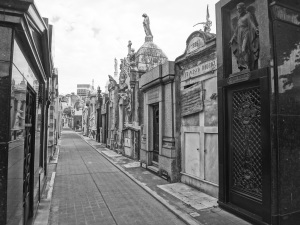
Streets of death…!

Grand monuments and palm trees!
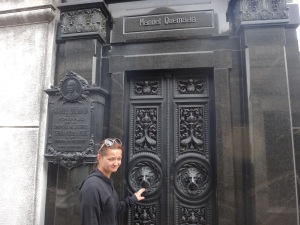
Don’t you open that Trap Dooooooor…..Cos there’s something down there!

Sometimes it was difficult to tell whether there was some element of humour?! Or perhaps alluding to the fact that they were poisoned!
Certainly we didn’t give ourselves enough time to explore this vast capital, but that was down to our own miscalculation in thinking that our upcoming journey was only going to be 8 hours, rather than the 24 hours that it actually was. Still, it gave us an immediate opportunity to gauge the standards of the much lauded long distance bus services in South America-and first impressions certainly were positive. You choose from a number of seating options, from which we chose one down from the top where you enjoy a fully reclining seat and some sort of food for the journey. The seat was comfortable enough, the food was lousy, and we ended up with a bit of cabin fever due to the fact that the driver wouldn’t let us leave the bus! Still, nowhere near as terrifying as the various land transportation that we encountered in Asia, and pretty much bang on time we arrived in San Salvador de Jujuy. Weary and hungry, we soon found ourselves a hostel for the evening-and hightailed it out to a restaurant recommended for llama steak! Yes, that’s right, we ate llama and it was delicious!
All of this was just a precursor for our destination proper-Aldea Luna. This was our first true experience of ‘off the grid’ living for a little while, solar energy, cold showers, organic gardens providing the majority of our meals-and a chance to really learn some of the life skills that I always bang on about. With some difficulty we eventually managed to get in contact with the hosts to inform them of our arrival, and got ourselves an early night prior to our 7AM bus into the unknown. All we knew was that we would be getting off the bus at Tilquesa, and someone would be there to meet us and take us on the 3km hike to our home for the next 4 weeks. This time our bus journey was a much more ‘local’ experience-dusty winding roads taking us through the mountains before eventually dropping us in the middle of nowhere-just a sign to signify the fact that we were at our desired destination. We were met by Annabella, a long term volunteer at Aldea Luna, and she lead us off on the surprisingly challenging hike-fast forward one hour and we had arrived, breathless and sweaty, ready for action! First impressions were breath-taking, as I’m sure you would understand:
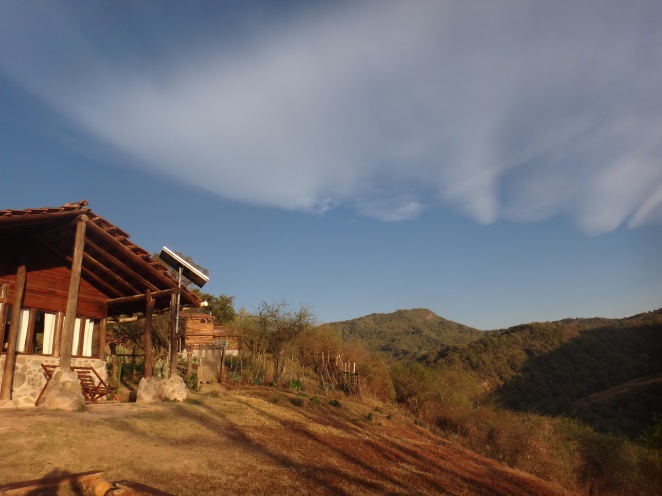
Aldea Luna ‘clubhouse’!
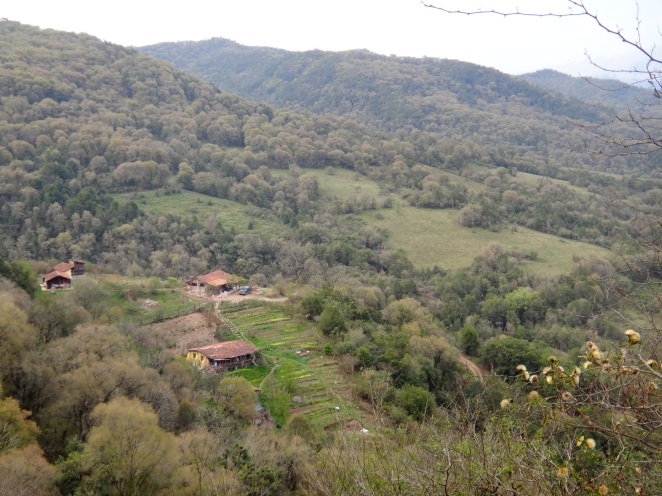
Aldea Luna in all its glory
The month that followed really is difficult to describe-it was absolutely incredible. In our hosts, Martin, Elizabeth, Matias and Ana-we found inspiration, warmth and a wealth of knowledge. We learned about organic farming, construction, cow conflict, life and laughter-and thanks to Matias we also learned a little about philosophy! Martin and Elizabeth bought the land that Aldea Luna sits on about ten years ago, they spent a couple of years walking the cow trails and through the forests-really getting to know the land, before deciding on a spot to build their home and a couple of extra cabins for volunteers and guests. Since then they have shared their knowledge and enthusiasm with countless volunteers-and I feel honoured to now count myself as one of the lucky few to have benefitted from their hospitality. To give you the ‘official’ Aldea Luna description:
Aldea Luna is a family enterprise, financed only by tourism and volunteers, without any financial contribution by the government or ecological organization or NGO.
The family members include Martin and Elizabeth and our son Matias and daughter Anna.
We are open to other people that want to live in our village (Aldea) for long periods of time or permanently…. We listen to propositions…
The experience that we chose is certainly not for the lazy or workshy, we had opted to be full time volunteers-and as such we committed to seven hours of work per day….And the work was tough, extremely rewarding, but tough! We were not looking for a holiday resort-here we really learned what it is like to live in a different way-to be as self-sufficient as possible, and to have to meet problems and challenges on a daily basis. We lived in a house in the forest made of clay, no electricity and no hot water-which in itself presented a shock to the system. Not to mention the fact that we were in bunk beds….Albeit bunk beds in a wonderful clay cabin in the forest!

Our Aldea Luna home
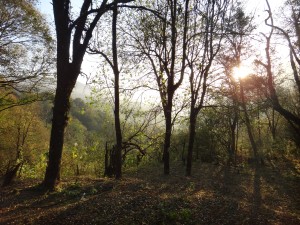
Not a bad view to wake up to each morning!

I’m sure you’ll agree it’s a ‘strong’ look for cementing!
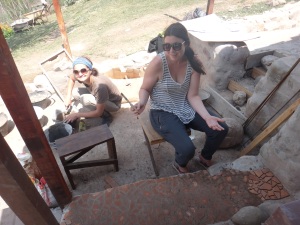
Then the paving just got a little crazy!
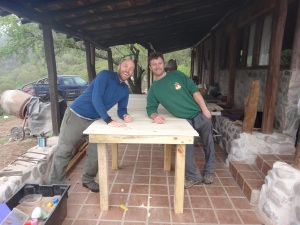
Sam took me on as his apprentice, and this is what we made!

And then there was the washing up, oh the joys of the pots!
For those that read with interest but do not fancy volunteering, they do host guests, and do a part time volunteer course where you can also learn Spanish. In hindsight we would have loved to have taken advantage of Elizabeth’s excellent language classes-but for sure we came away with a lot more than what we arrived with.
Not only does Elizabeth teach Spanish-her gardening and cooking ‘seminars’ are brilliant! Often we would find ourselves tasked with a job in the garden, and with no idea how to complete said task-queue a gardening master class from Elizabeth. Usually accompanied with a pressure relieving assurance that everyone makes mistakes-it’s OK that you thought the garlic was actually a leek! From the garden to the kitchen, again under the tutorage of Elizabeth, and more often than not Annabella too. Very much a group activity, the vegetarian fare was incredible, so much so that I can honestly say that over the month I really did not miss eating meat at all! We had revelations in peanut soup, and something of a collective addiction to chilli-and bread, oh so much bread!
For the times that you weren’t in the garden or cooking, you may find yourself filling your time collecting cow poo…invaluable manure for the vegetables. Or you would be with Martin and a team of people trying to ‘cow proof’ the garden with ongoing fence repairs. It doesn’t sound like something that would be too taxing, cow proofing a garden, but seriously-there was one cow at Aldea Luna that had skills like no other! Deftness of foot, dexterity, astute fence breaking skills-the bane of our existence for four weeks. It was funny how these things bring people together, together we built up an entire persona for the animals and together many a laugh was had with the cows as the central characters!
Martin and Elizabeth taught us how to lay concrete floors, repair chairs, cement crazy paving and build tables-but it wasn’t all work, work, work….For come the weekend something quite spectacular would happen in the mountains of Aldea Luna-the generator would be powered up, the disco lights would spring into life, the glitter ball would start to rotate on its axis and you will see Martin bouncing in front of his laptop entertaining us all with banging tunes on a fantastic sound system! Never would I have believed that just twelve people could create such an atmosphere! As we would be gluttons for punishment, the party was usually on a Saturday night leaving us in a right old state to tackle one of the many hikes on the following day. The forests, rivers and mountains that make up the reserve offer some wonderful treks with plenty of food for the soul-perfect for soaking up the excesses of the prior evening.
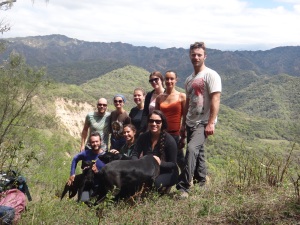
Our final walk, the most challenging…(the biggest hangover)

Mountains, forest and river-we had it all!!
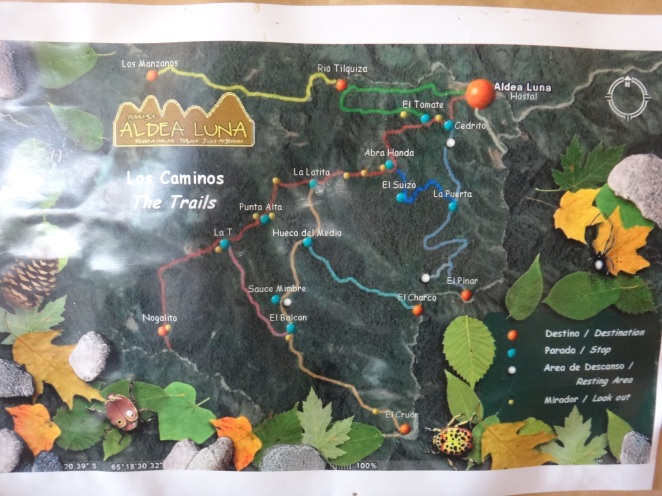
The many hiking trails to explore during your free time, each one offering something different.
While we were there we had the good fortune to be accompanied by some fantastic people who we worked, cooked, danced and hiked with-we shared in the joys of success at finishing various projects, as well as some frustrating defeats at the hands of extremely wily mountain cows. All of whom we can now call good friends-who knows, perhaps sometime in the future we will call upon them to help us with a project of our own!

Aldea Luna Dream Team!
And that’s just the people, I haven’t even begun to wax lyrical about the dogs, woodpeckers, fireflies, chickens, many wonderful birds of prey or the toucans! Everything working together in its natural environment to make this a truly wonderful and special place.

Toucan play that game….
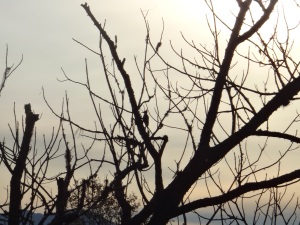
Spot Woody-the woodpecker!
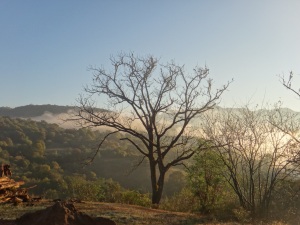
Tree, mountain, cloud-repeat
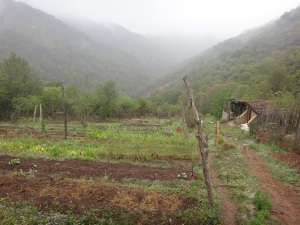
The gardens!
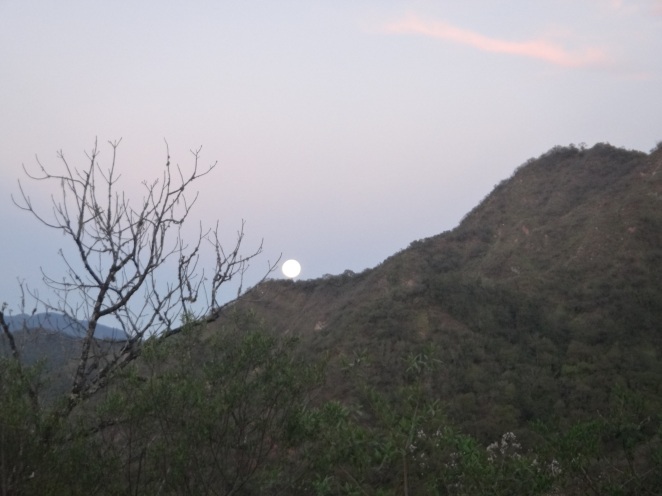
Ever seen a ‘moonrise’ like this? Me neither
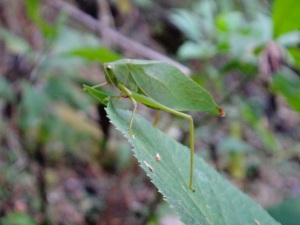
Some of the local bugs were spectacular
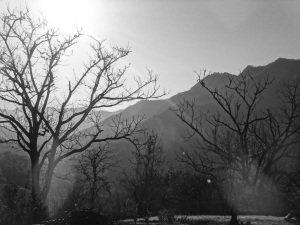
Possibly the most photographed tree in Argentina!
It was hard to leave at the end of our month there, but I do not think that is the end of this story-we may well return to Aldea Luna at some point….
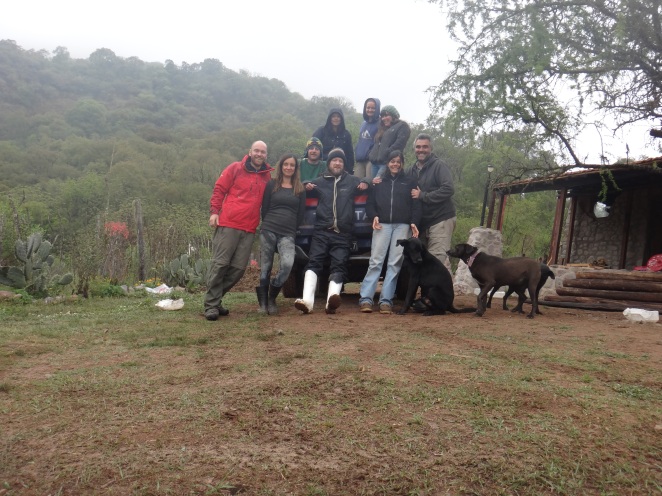
Adios amigos!
If you want to get in contact with Martin & Elizabeth, check out their website Aldea Luna
-24.185786
-65.299477
